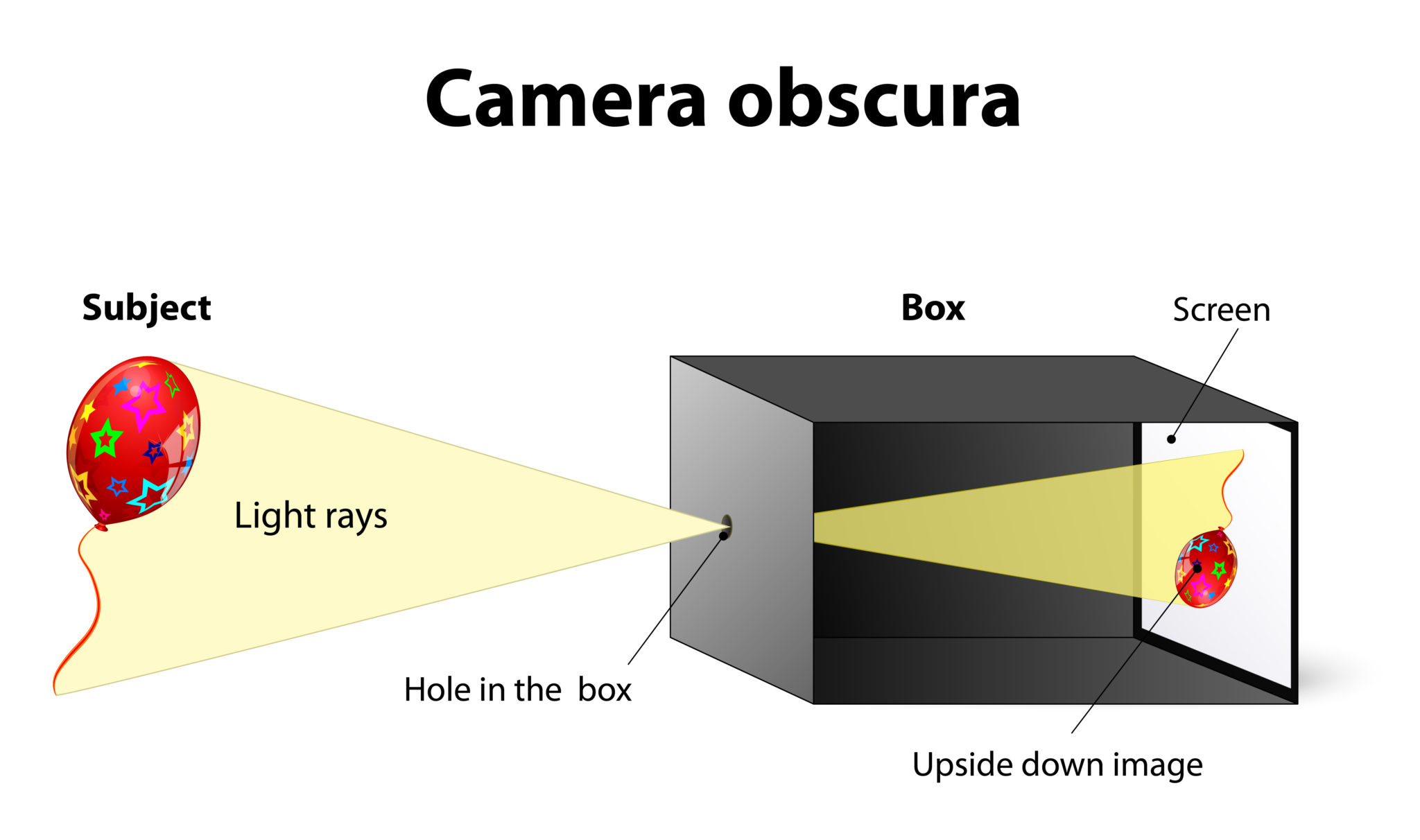It wasn’t that long ago that having access to cameras was a luxury. Nowadays, anybody with a smartphone can take at least passible pictures with ease. But even when we still had to rely on Kodak to commemorate our vacations, it was still a massive improvement over the early days of photography.
Long before traditional cameras, people employed camera obscuras. Images projected using this natural phenomenon were larger than normal but inverted. Functionally, it was like our modern projectors. Some artists would use the projected image as a guide or even trace the image, much like a lightbox. This was the only way to preserve the image after turning the device off.
In 1816, Nicephore Niepce successfully made a partial photograph using a camera he built, and a paper coated with silver chloride. Unfortunately, he hadn’t figured out how to remove the untreated silver chloride, meaning the image was eventually darkened completely by the light needed to view it. In the mid-1820s, Niepce used a new sliding wooden camera (created by Charles and Vincent Chevalier) to experiment with Bitumen of Judea. Only one of the photos from this experiment, View from the Window at Le Gras, has survived.
Louise Daguerre continued to experiment with cameras after Niepce’s death in 1833, resulting in the first practical photographic process in 1837. Dubbed the “daguerreotype,” it used silver-plated copper treated with iodine vapor to create images. It was wildly successful after debuting to the public in 1839, where both it and the calotype began introducing photography to the masses. Normally, having portraits taken was an activity exclusive to the upper classes. The cost and amount of time needed to produce such works were unreasonable for most working-class people. The speed of the camera, which only increased as time went on, made it possible for anybody to have quality portraits.
When photographic film hit the market in 1888, cameras truly began to resemble the ones we know today. George Eastman began selling his Kodak cameras, which were affordable and small enough for the average consumer to consider. The film inside could hold up to 100 photos, and the entire device would have to be sent back to the factory for processing and printing. In 1900, he introduced the Brownie camera, introducing the snapshot to the public. It was during this time that movie cameras went from expensive toys to tools with legitimate commercial use.
Another common type of film was 35mm. Typically, cheaper cameras used roll film, whereas higher-end would utilize 35mm. Eventually, even lower-grade cameras were equipped with 35mm film, although the least expensive cameras would still use roll film. Famous camera company Canon had its start during this period, gaining popularity with other Japanese cameras after the Korean War. Single-lens reflex (SLR) cameras were also gaining traction with the public as the technology made them less bulky. Both SLR and twin-lens reflex (TLR) cameras were available previously, but mostly appealed to professionals due to both size and cost.
Instant cameras, such as the famous Polaroid, first appeared on the market in 1948. The simple nature and ability to print and view photos within minutes made them popular with families, even with higher prices at launch. Automatic exposure followed a similar story: expensive at first, but quickly catching on among consumers and lowering in cost as time went on. All of these elements combined would lead to the earliest digital cameras. Unfortunately, the history of the digital camera is far too dense to cover in its entirety here, but to give you a rough idea of where they started: the very first digital cameras stored their images on floppy disk.

It’s hard to imagine where cameras will go from here when now professional-grade images can be produced with nothing but a timer button and a selfie stick. At the same time, however, it’s fascinating to think that just over 200 years ago, photographs, as we know them, were still experimental. Technology can change drastically in a short amount of time; maybe in ten years’ time, we’ll have camera eyes.






